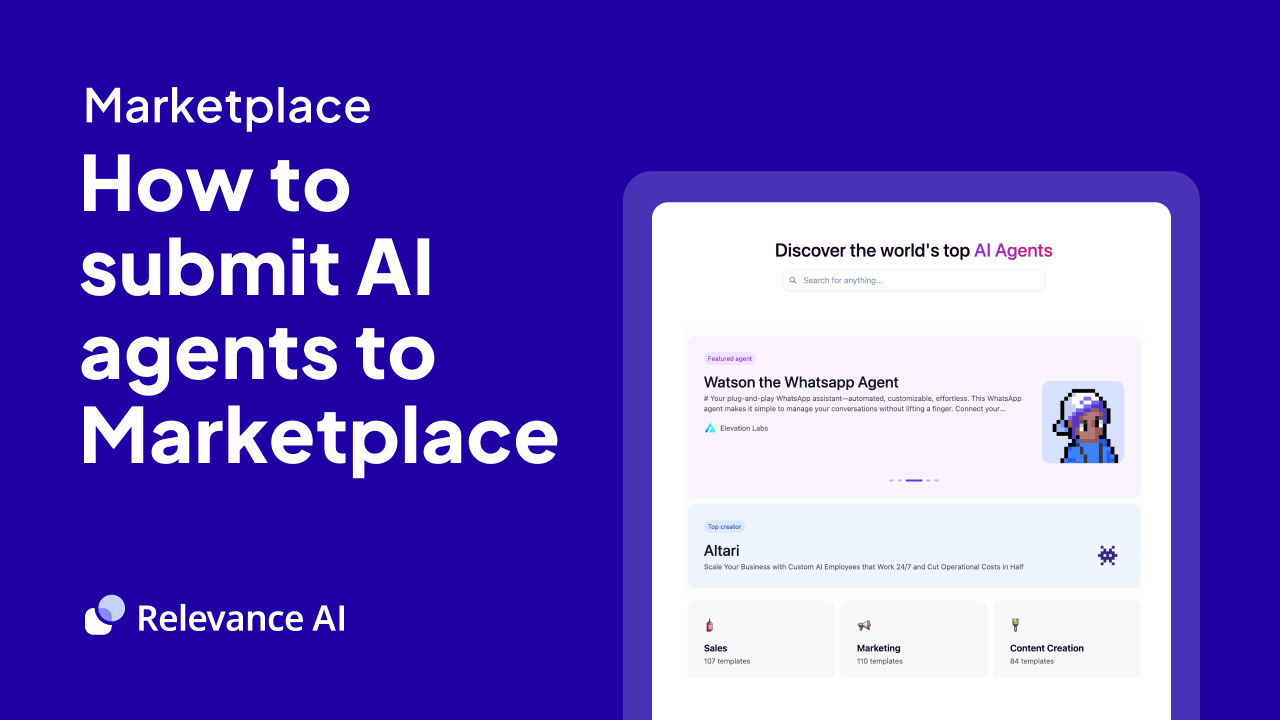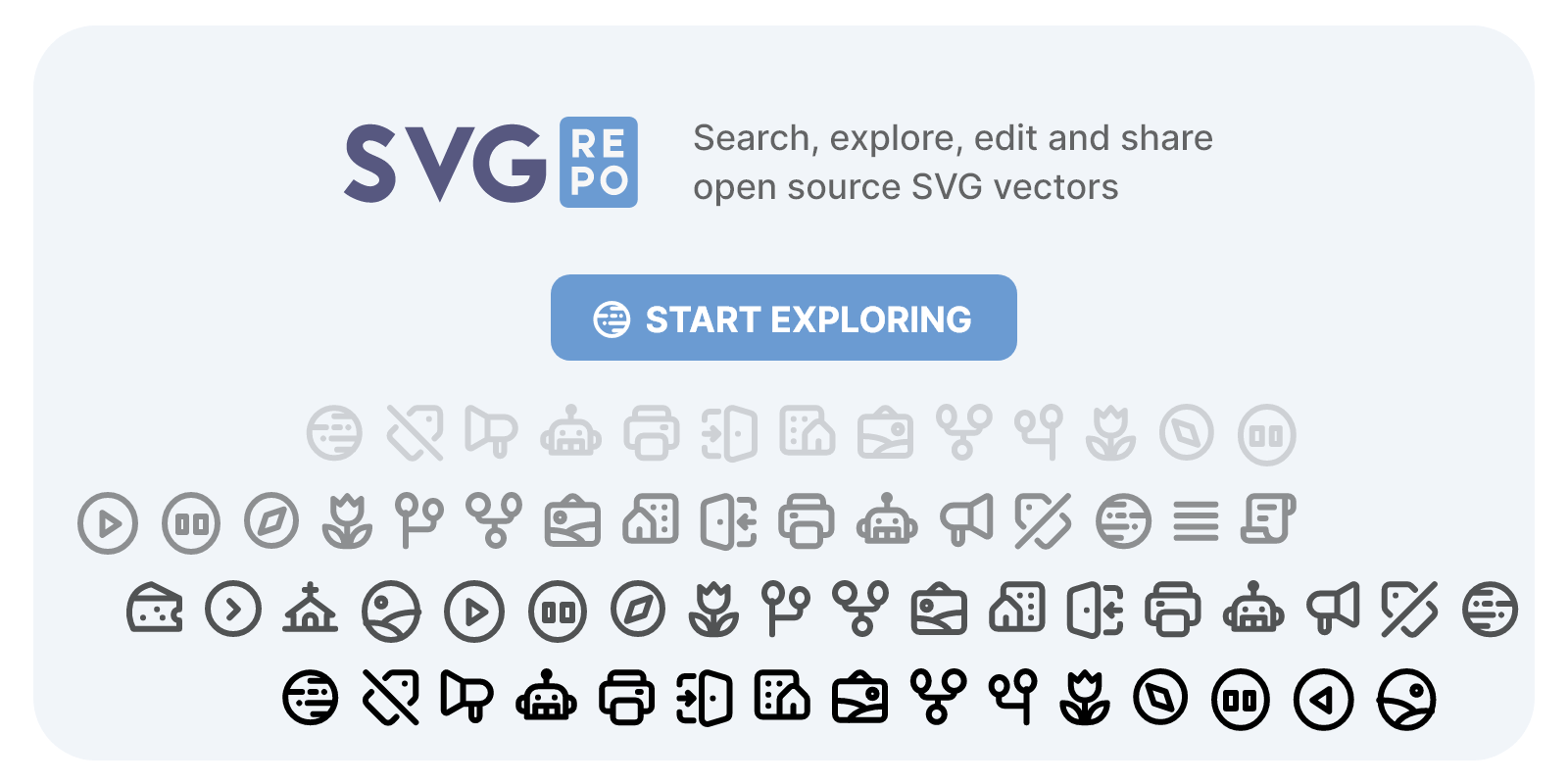Summarize Categories and Extract Quotes
Overview
How to Use the Summarize Categories and Extract Quotes Tool
The Summarize Categories and Extract Quotes tool is a sophisticated AI-powered solution designed to analyze and extract meaningful insights from categorized text data. This powerful tool helps users understand patterns, sentiments, and key quotes across different categories within their dataset, making it invaluable for market researchers, data analysts, and business intelligence professionals.
Step-by-Step Guide to Using Summarize Categories and Extract Quotes
1. Prepare Your Dataset
Dataset Selection: Begin by ensuring your dataset is properly formatted with categorized text data. The tool requires:
- A primary text column containing the content you want to analyze
- A category column that classifies each text entry
- An optional reference column for source tracking
2. Configure Basic Settings
Dataset Name: Enter your dataset name in the designated field. The tool will automatically format this for system compatibility.
Column Mapping: Specify which columns contain your:
- Text content
- Category classifications
- Reference information (if applicable)
3. Define Target Categories
Category Selection: Input the specific categories you want to analyze. These should be entered as separate lines in the target categories field. The tool will use these to filter and focus its analysis.
4. Set Analysis Parameters
Goal Definition: Clearly specify what you want to learn from the analysis. This helps the AI model focus on relevant patterns and insights.
5. Execute the Analysis
Process Initiation: Once all parameters are set, the tool will:
- Verify your dataset's existence
- Match your column names with the dataset structure
- Extract relevant documents for analysis
- Calculate category statistics
- Perform detailed content analysis
6. Review Results
Output Analysis: The tool provides:
- Category-specific summaries
- Representative quotes
- Sentiment analysis
- Statistical breakdowns of category distribution
Maximizing the Tool's Potential
Strategic Category Selection: Choose categories that align with your specific analysis goals. Rather than analyzing everything, focus on categories that will provide the most valuable insights for your needs.
Iterative Analysis: Run multiple analyses with different category combinations to uncover various perspectives and patterns in your data. This approach helps build a more comprehensive understanding of your dataset.
Context Integration: Use the optional reference column to maintain context for your quotes and insights. This helps ensure that extracted information can be properly attributed and verified.
Goal Refinement: Experiment with different goal statements to guide the AI's analysis. More specific goals often yield more focused and actionable insights.
By following these guidelines and actively engaging with the tool's capabilities, you can extract maximum value from your categorized text data, leading to more informed decision-making and deeper insights into your dataset.
How an AI Agent might use this Tool
The Summarize Categories and Extract Quotes tool is a sophisticated analysis engine that empowers AI agents to derive meaningful insights from categorized text data. This powerful tool transforms raw data into actionable intelligence through systematic categorization and quote extraction.
Market Research and Customer Insights
An AI agent can leverage this tool to analyze customer feedback across different product categories. By processing customer reviews and comments, the agent can extract representative quotes and sentiment patterns, helping businesses understand customer preferences and pain points with unprecedented clarity.
Content Analysis and Trend Identification
For content strategists and marketers, this tool becomes invaluable in analyzing large volumes of content across different themes or topics. An AI agent can use it to identify trending narratives, extract compelling quotes, and understand the distribution of content across categories, enabling data-driven content planning and optimization.
Competitive Intelligence
In the realm of competitive analysis, AI agents can utilize this tool to process and categorize competitor communications, marketing materials, and public statements. The tool's ability to extract relevant quotes and summarize sentiment by category provides a structured way to track competitor positioning and messaging evolution over time.
The tool's systematic approach to data analysis, combined with its ability to provide both statistical insights and concrete examples through quotes, makes it an essential asset for AI agents tasked with deriving meaningful patterns from complex textual data.
Use Cases
- Customer Feedback Analysis Manager: The Category Summary and Quote Extraction tool transforms how customer feedback analysis is conducted at scale. By processing large volumes of categorized customer comments, support tickets, or survey responses, managers can quickly understand sentiment patterns and extract compelling customer quotes. This automated approach eliminates hours of manual review while ensuring no valuable insights are missed. For instance, when analyzing feedback about a new product launch, the tool can automatically categorize responses by feature areas, calculate satisfaction percentages, and pull out the most impactful customer testimonials for marketing materials or executive presentations.
- Market Research Professional: Market research professionals can leverage this tool to revolutionize their qualitative data analysis workflow. When dealing with extensive interview transcripts or focus group data, the tool's ability to analyze text by predefined categories while extracting relevant quotes streamlines the synthesis process. Rather than spending days manually coding and organizing responses, researchers can quickly generate comprehensive summaries with supporting evidence. This capability is particularly valuable when analyzing competitor comparisons, brand perception studies, or product concept testing, where rapid insights extraction can significantly accelerate the research timeline.
- Content Strategy Director: For content strategy directors, this tool serves as a powerful asset in developing data-driven content plans. By analyzing categorized content performance data, social media engagement, or audience feedback, the tool can identify which content themes and approaches resonate most strongly with different audience segments. The automatic quote extraction feature is especially valuable for identifying authentic user voices and perspectives that can inform content creation. This systematic approach to content analysis enables directors to make more informed decisions about content direction, tone, and format while backing up their strategies with concrete data and compelling user quotes.
Benefits of Summarize Categories and Extract Quotes
Intelligent Category Analysis
The Summarize Categories and Extract Quotes tool revolutionizes how organizations understand categorical data. By automatically analyzing and summarizing content across different categories, it transforms raw text data into actionable insights. This sophisticated analysis includes both statistical breakdowns and sentiment analysis, providing a comprehensive view of how different categories compare and relate to each other.
Automated Quote Extraction
One of the tool's most powerful features is its ability to intelligently extract and compile relevant quotes from large datasets. Rather than manually sifting through thousands of text entries, users can quickly access the most representative and impactful quotes for each category. This automated approach not only saves considerable time but also ensures that key insights aren't overlooked in the analysis process.
Flexible Data Processing
The tool's sophisticated column matching and data processing capabilities make it exceptionally versatile. Whether working with structured or semi-structured data, the system adapts to different dataset formats and column names through its intelligent matching system. This flexibility, combined with robust error handling and data validation, ensures reliable results across various data sources and formats.































.png/267f7076-70f7-4e5b-b566-cc64939eb422.png)




